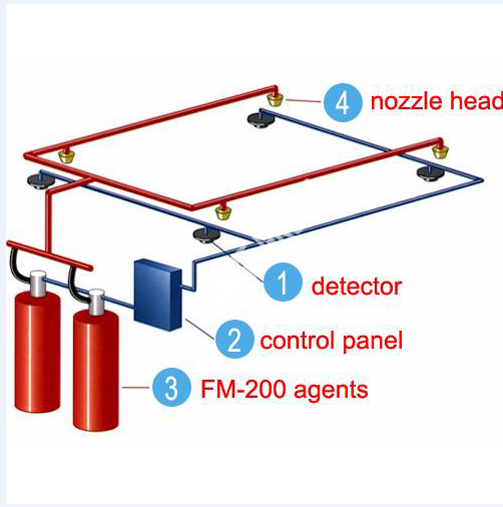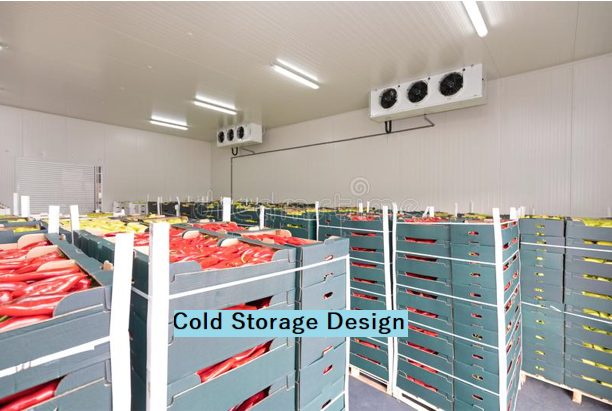Mechanical Seal : This mechanical seal is a cartridge type. An end-face mechanical seal is a gadget utilized on a turning shaft to keep liquids in and foreign substances out. It forestalls the liquid traveled through a resource, most frequently a divergent siphon, from spilling.
 |
| Mechanical Seal |
Mechanical Seal
What Is a Mechanical Seal?
mechanical seal: This mechanical seal is a cartridge type. An end-face mechanical seal is a gadget utilized on a turning shaft to keep liquids in and foreign substances out. It forestalls the liquid traveled through a resource, most frequently a divergent siphon, from spilling. These seals are situated in the resource’s stuffing box or seal chamber. This is the region of the siphon where the siphon shaft interfaces with the drive.
With the exception of air seals, which will be addressed later, most mechanical seals have two flat faces positioned perpendicular to the shaft. The seal chamber housing has one of the faces mounted stationary. The principal seal is provided by the other face, which rotates with the shaft. The contact between the seal face materials is maintained by axial mechanical force and fluid pressure. This contact keeps the fluid in the pump and avoids leaks.
Types of Mechanical Seals
There are three different types of mechanical seals which are commonly used in the process:
- Cartridge
- Component
- Air
Air Seal
Seal Chamber Types
- Mechanical seal Bore types
- Stuffing box bore types
Seal Components
Types of Mechanical Seals for Centrifugal Pumps
- Balanced seals
- Unbalanced seals
- Pusher seals
- Non-pusher seals
- Conventional seals
- Cartridge seals




0 Comments